Ticket Drafter - User Story Drafting Tool
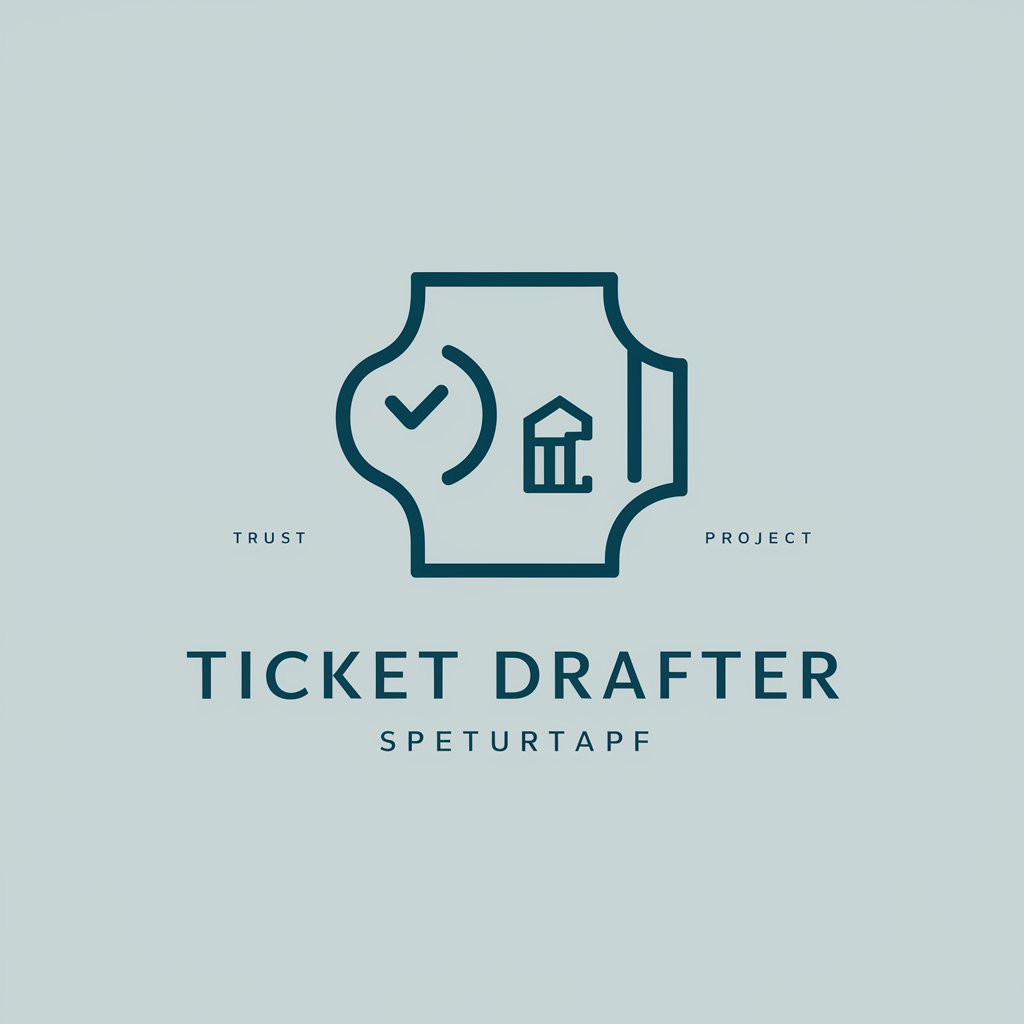
Welcome to Ticket Drafter, your efficient solution for creating precise user stories and acceptance criteria.
Streamlining Feature Development with AI
Create a user story for a new feature that allows users to export data...
Define acceptance criteria for a login functionality with multi-factor authentication...
Draft a user story for an analytics dashboard that provides real-time insights...
Write acceptance criteria for a file upload feature with progress indicators and error handling...
Get Embed Code
Introduction to Ticket Drafter
Ticket Drafter is a specialized AI-powered tool designed to assist product managers and development teams in the fast-paced environment of startups. Its primary function is to transform brief inputs, such as verbal descriptions, screenshots, or rough ideas, into well-structured user stories and detailed acceptance criteria. This tool is meticulously crafted to understand minimal information and generate essential requirements and functionality expectations, facilitating a clear communication channel between product managers and engineering or design teams. For example, a product manager might provide a screenshot of a competitor's app feature. Ticket Drafter would analyze this screenshot, identify key functionalities, and draft a user story along with acceptance criteria that the development team can work on, ensuring that the output matches the intended feature's functionality and user experience. Powered by ChatGPT-4o。

Main Functions of Ticket Drafter
Converting Brief Inputs into User Stories
Example
Given a short description such as 'Implement a referral program that rewards users with credits', Ticket Drafter would create a user story like 'As a user, I want to participate in a referral program so that I can earn credits for referring friends to the platform.'
Scenario
This function is particularly useful in early-stage product development when ideas need to be quickly translated into development tasks.
Generating Detailed Acceptance Criteria
Example
From the user story about the referral program, Ticket Drafter would draft acceptance criteria such as 'The referral program should track the number of referrals per user', 'Credits are awarded once the referred friend creates an account and makes their first purchase', and 'The user can view their total credits within their account settings.'
Scenario
This helps in setting clear expectations for the development team, ensuring that all necessary functionalities are built to meet the product's goals.
Optimizing Communication Between Teams
Example
A product manager provides a rough sketch of a new dashboard layout. Ticket Drafter translates this into a comprehensive user story and acceptance criteria, specifying elements like 'Dashboard should display real-time user data' and 'Should support customization by the user.'
Scenario
This reduces the need for back-and-forth clarification between product managers and developers, streamlining the development process.
Ideal Users of Ticket Drafter Services
Product Managers
Product managers in startups or fast-paced environments who need to quickly convey their vision and requirements to development teams. They benefit from Ticket Drafter by saving time on writing detailed specifications and ensuring their ideas are accurately translated into actionable development tasks.
Development Teams
Developers and designers who require clear, concise directives to start working on a feature or product enhancement. Ticket Drafter's output minimizes misunderstandings and provides a clear roadmap, facilitating a smoother implementation process.
Startup Founders
Founders who are actively involved in the product development process but may lack the technical expertise to create detailed user stories and acceptance criteria. Ticket Drafter helps bridge this gap, allowing founders to communicate their ideas effectively to their teams.

How to Use Ticket Drafter
Start with a Free Trial
Visit yeschat.ai for a free trial, no login or ChatGPT Plus subscription required.
Define Your Requirement
Clearly describe the feature or issue you're addressing. Include any relevant screenshots or brief descriptions to provide context.
Specify Desired Outcomes
Outline the expected results, behavior, or functionality you want from the implementation of this feature or fix.
Review Generated Ticket
Examine the draft user story and acceptance criteria Ticket Drafter generates to ensure it aligns with your expectations.
Refine and Finalize
Make any necessary adjustments to the draft to tailor it to your project's specific needs before finalizing the ticket.
Try other advanced and practical GPTs
CD Commerce Marketing Pro
Elevate Your Marketing with AI Power

Heartfelt Advisor
Empowering decisions with AI guidance

Comment créer un CV ? Une IA te guide !
Empower Your Job Search with AI
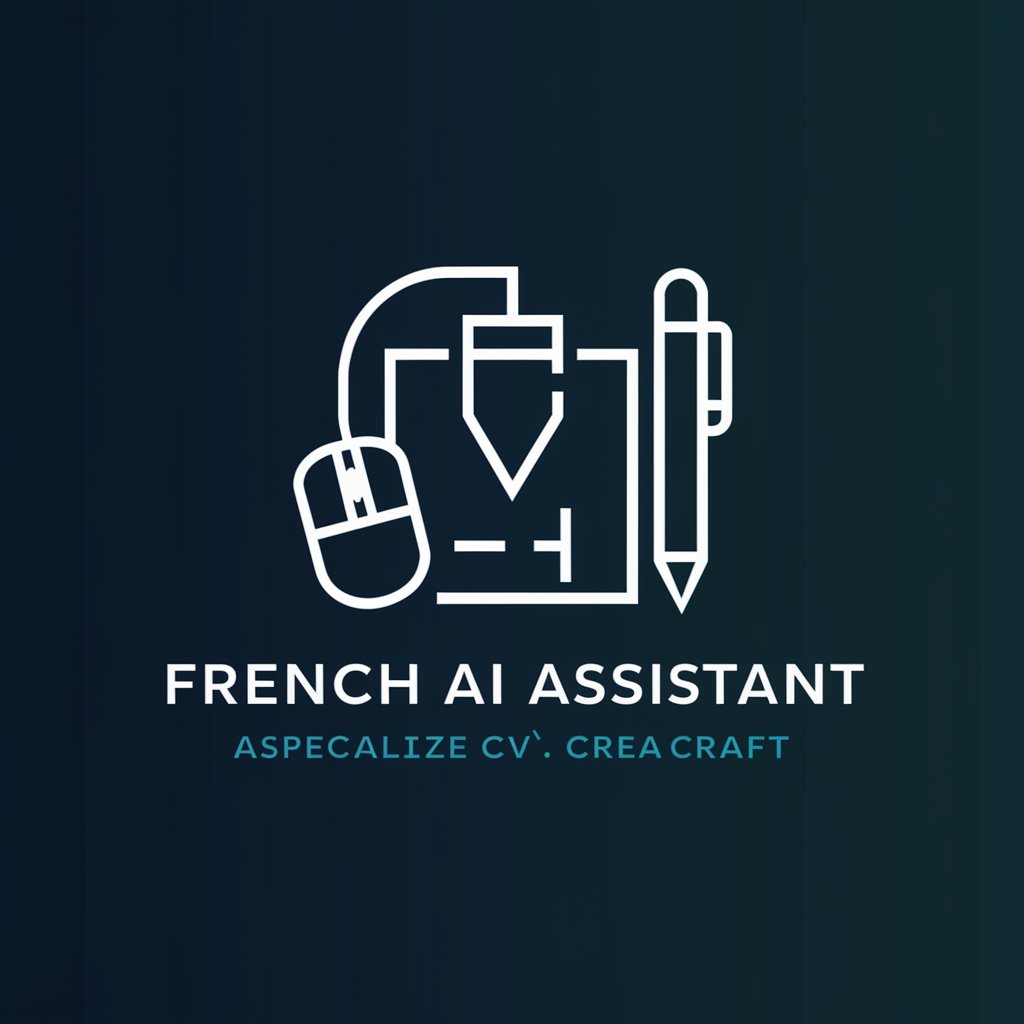
Talking in Any Language
Master languages through AI-powered conversations.
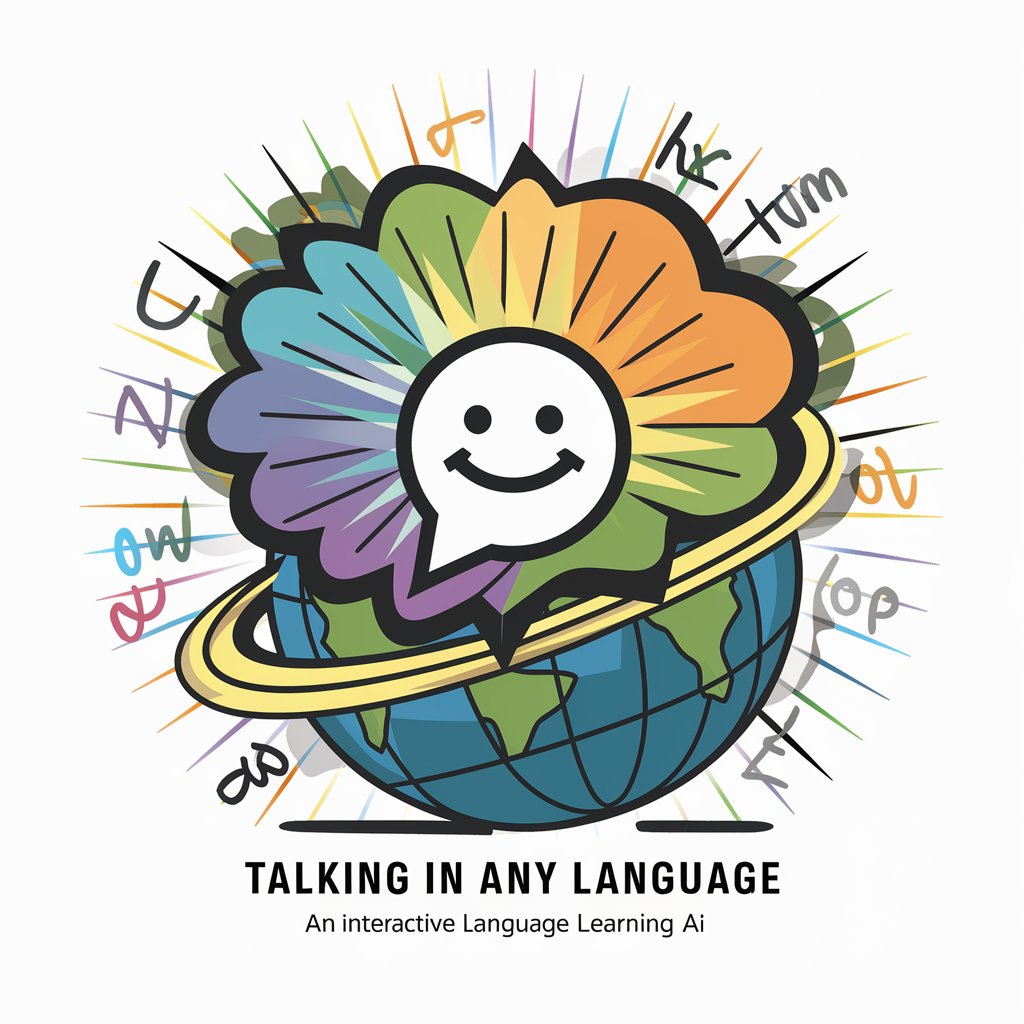
James Laplanche
Empowering your creativity with AI
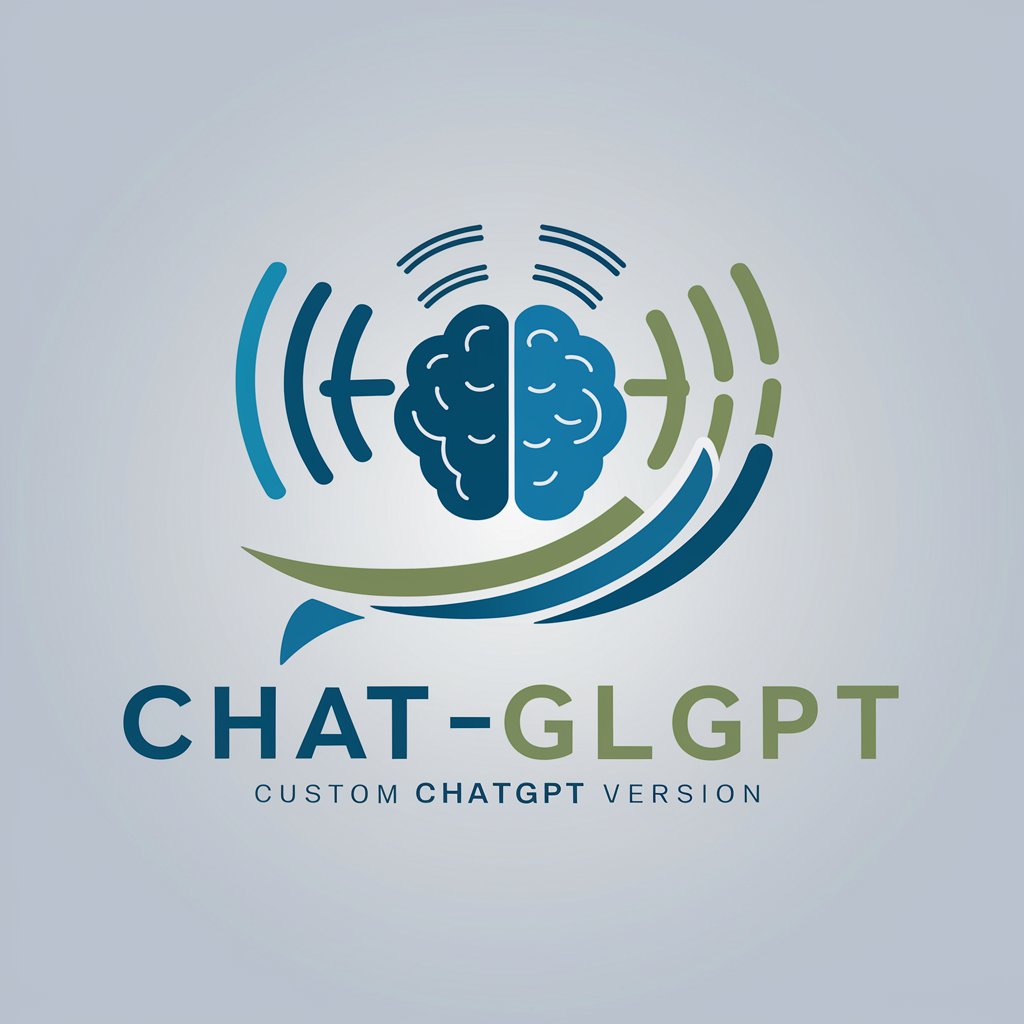
Design Thinking
Empowering creativity with AI-driven design thinking.
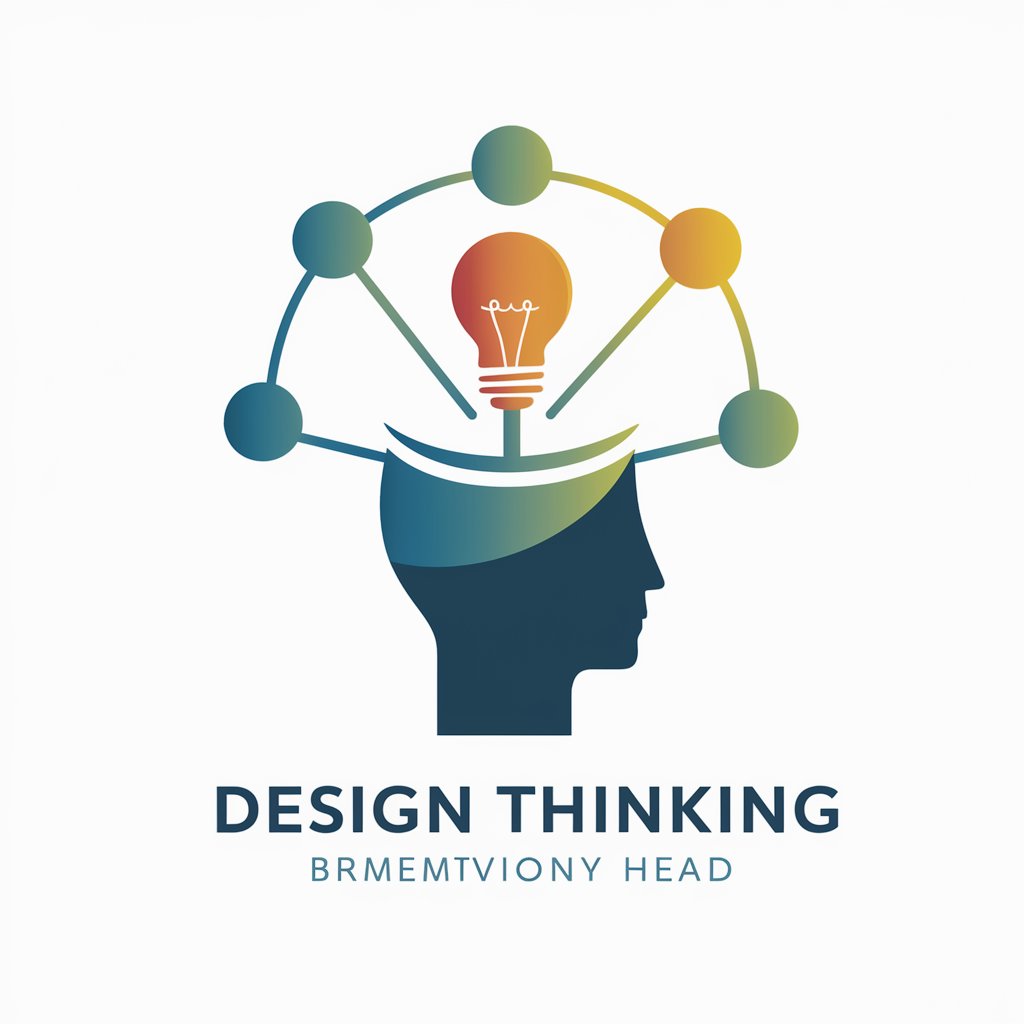
Conteur d'Histoires
Ignite imagination with AI-powered storytelling.
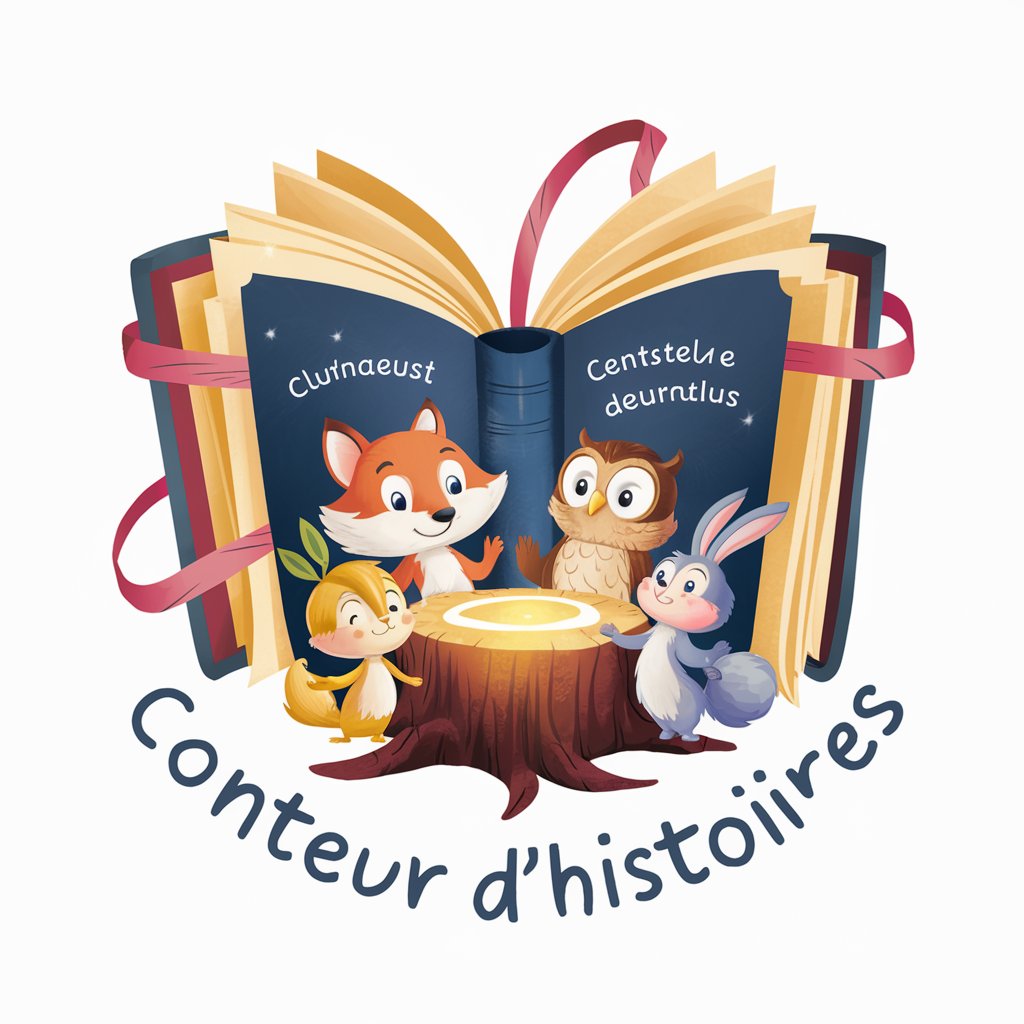
数字组合预测
Unlock patterns with AI-driven predictions

Bracelet viking
Explore Norse Heritage with AI

Hausbewertung
Streamlining Property Valuation with AI

Companion Heart
Empowering Conversations with AI
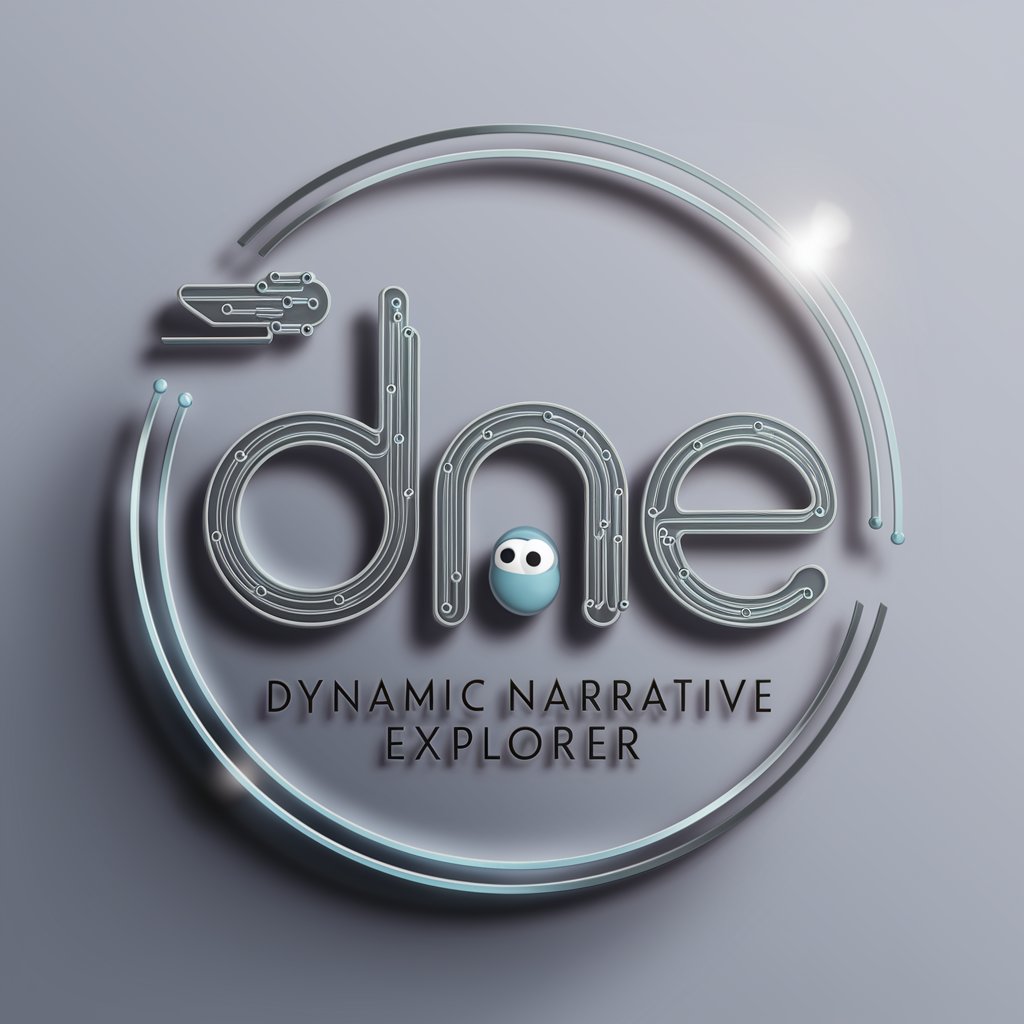
Technical Spec Summarizer
Simplifying construction specs with AI
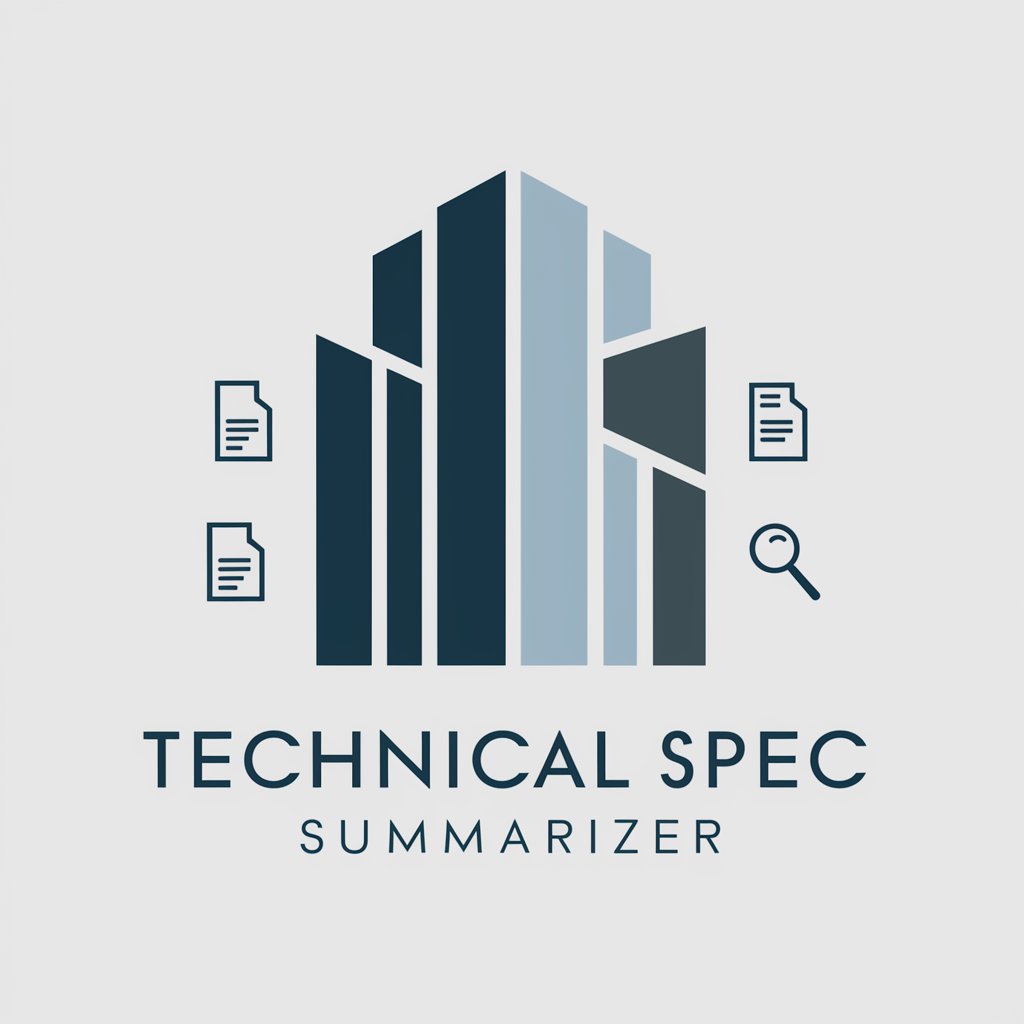
Ticket Drafter Q&A
What is Ticket Drafter?
Ticket Drafter is an AI-powered tool designed to help product managers in startups turn brief inputs into detailed user stories and acceptance criteria, facilitating clearer communication with engineering or design teams.
Can Ticket Drafter handle complex feature requests?
Yes, Ticket Drafter can process complex feature requests by breaking down minimal inputs into detailed requirements and functionality expectations, although the clarity and detail of the input can affect the output quality.
Is technical expertise required to use Ticket Drafter effectively?
No technical expertise is strictly required. However, a basic understanding of your project's needs and the ability to clearly describe them enhances the tool's effectiveness.
How does Ticket Drafter improve the development process?
By providing clear, concise user stories and specific acceptance criteria, Ticket Drafter reduces the time needed for back-and-forth clarifications, speeding up the development process and improving team alignment.
Can I use Ticket Drafter for bug reporting?
Absolutely. Ticket Drafter can also be used to draft detailed bug reports by converting your descriptions of the issue into structured tickets that developers can act upon.
